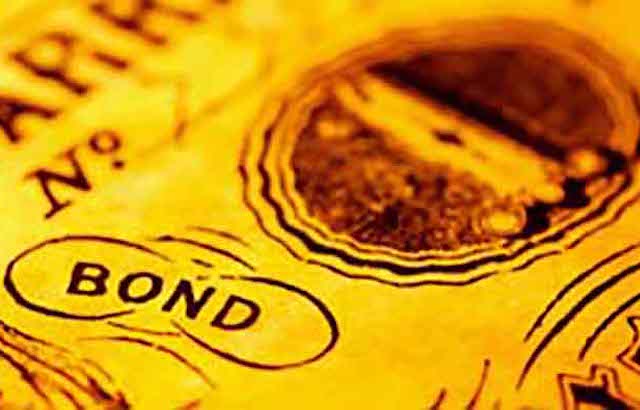Eastspring Investments is tapping into the growing interest in China government bonds (CGBs) by rolling out a fund in Singapore.
The launch comes shortly after index provider FTSE Russell gave final approval for the inclusion of Chinese sovereign bonds in its flagship fixed income index, which could lead to billions of dollars of inflows.
FTSE Russell said in late March that it would add Chinese government bonds to the FTSE World Government Bond Index (WGBI) over three years from the 31 October 2021.
“The onshore bond market has grown to be the second largest in the world, offering plenty of investment options for global investors,” said a spokeswoman for Eastspring Investments.
The $493m (£357m, €415m) Eastspring China Bond Fund, a Luxembourg-domiciled Ucits, was originally launched in December 2019, and a retail share class was made available in November 2020.
The fund invests at least 70% of its net assets in fixed income securities denominated in offshore or onshore renminbi. It buys domestic bonds through the China interbank bond market direct access programme, the qualified foreign institutional investor scheme and China Hong Kong Bond Connect.
Total China onshore bonds outstanding nearly tripled from to CNY116trn (£13trn, $18trn, €15trn) last year from CNY 48trn in 2016, while the offshore China bonds doubled in value to $1trn from $526bn, according to JP Morgan data.
Eastspring will distribute the fund through retail banks and independent financial advisers in Singapore; there is no initial marketing period. The ongoing charges figure for the retail share class is 1.5%.
The fund will be submitted to the Securities and Futures Commission for authorisation to sell to retail investors in Hong Kong by the third quarter of this year, according to the spokeswoman.
Performance
“China onshore bonds offer good relative value over their offshore counterpart,” Guan Yi Low, chief investment officer of Eastspring’s Singapore fixed income team and the lead manager of the fund, recently wrote.
The China Bond Corporate Bond AAA Index (5-year) had a yield to maturity of 3.8% at the end of February, much higher than the 2.6% yield of offshore investment-grade bonds. This gap has widened significantly since the second quarter of 2020, when the China government began to tighten onshore monetary conditions, according to Low.
“As the effect of policy normalisation [that is, reduced fiscal spending] fades, the yield premiums on onshore bonds may eventually fall to closer to historical levels, which means better returns for onshore bond investors,” argued Low.
She is supported by the regional research team based in Singapore, as well as analysts in China, including William Xin, who is the key research adviser of the strategy, according to the spokeswoman.
Chinese government bonds were previously included in indices managed by JPMorgan and Bloomberg Barclays, but the FTSE WGBI inclusion is expected to have a larger effect due to the size of passive flows tracking it.
HSBC recently noted that with around $2.5trn tracking the WGBI, $130bn in inflows could be expected, given China’s eventual 5.25% weighting — about $3.6bn a month.
Chinese 10-year government bond yields have settled at around 3.2%-3.3% during the past few weeks. In contrast, the 10-year US Treasury yield has ranged between 1.65%-1.75% despite the recent surge in yields as inflation fears have ratcheted.
“CGB’s compelling yield pick-up and low correlation to the developed markets provide the potential for investors to enhance their portfolios’ risk-adjusted profile,” said the spokeswoman.
Portfolio flexibility
The China Bond Fund’s manager can invest across a broad spectrum of renminbi-denominated bonds issued by government and quasi-government entities, as well as corporate issuers. The unhedged fund also has flexibility to take non-renminbi exposure – maximum of 30% of net assets.
Low can also invest up to 20% of its net assets in ABS, MBS, contingent convertible bonds, distressed and defaulted securities. In addition, Low can allocate up to 10% of its net assets in synthetic fixed income instruments (including credit-linked notes), and up to 10% in equities which result from the conversion or exchange of a preferred stock or debt obligations.
“A benchmark unconstrained approach is adopted as the fund seeks to maximise both income and capital growth through actively managing duration and yield curve positioning, while allocating to non-benchmark corporate bonds,” said the spokeswoman.
“At the same time, an overall high credit quality of the portfolio is maintained to mitigate downside risks,” she said.
For more insight on asset and wealth management in Asia, please click on www.fundselectorasia.com








